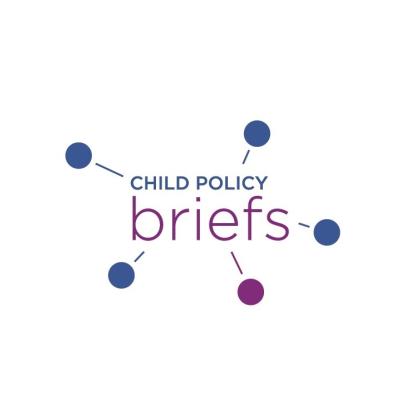Autism-Spectrum Disorder
A summary of the scientific literature on autism-spectrum disorder.


How This Impacts Children's Development
Autism Spectrum Disorder (ASD) can be diagnosed before age of three and is characterized by difficulties or atypical behaviors in social interaction, communication, and repetitive interests or actions. Compared to other children with specialized health care needs, those with ASD often receive fewer services. The diverse manifestations of ASD and the necessity for family-centered treatment approaches pose challenges in determining the most suitable interventions for children and their families.
Read the brief: Autism-Spectrum Disorders: Improving the Lives of Children and their Families, 2010
Talking Points from the SRCD Brief
|
Policy Considerations in the Brief
- Health insurance and public funding policies could do more to support evidence-based programs, provide families access to appropriate diagnostic evaluations that allow for comprehensive planning, and cover mental health services such as cognitive and language testing.
- A standard assessment protocol that considers both social-communicative issues and language and cognitive development could be developed.
- Federal guidelines for states could help standardized how children with ASD are identified and served, given that states count children with ASD in different ways and funding decisions are made based on those counts.
- Providers and regulators should explore strategies to diagnose and treat racial and ethnic minority and low-income children equitably.
Read the brief: Autism-Spectrum Disorders: Improving the Lives of Children and their Families, 2010